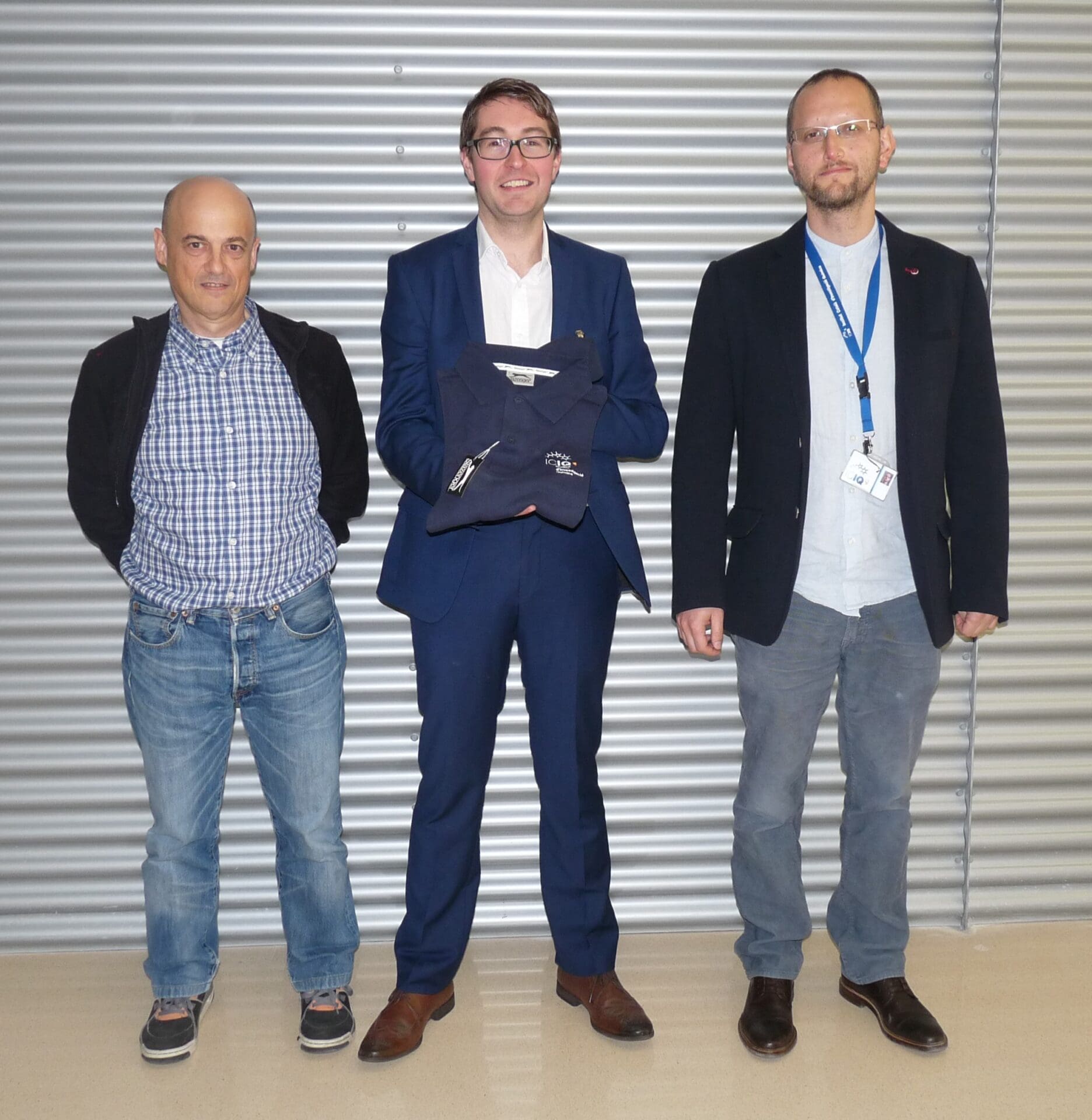
 05/02/2016
05/02/2016
 12:00
12:00
 ICIQ Auditorium
ICIQ Auditorium
- Lecturer: Dr. Mark D. Symes
- University: University of Glasgow (United Kingdom)
Materials and Devices for Electrochemical Water Splitting: A Fresh Look at Some Old Catalysts and Some New(er) Catalysts for Old Applications
There has been much interest recently in electrocatalytic water splitting for storing intermit-tent renewably-generated power (e.g. solar) as chemical fuels such as hydrogen. In this talk, I will give an overview of the research in the Symes group that works towards the overall objective of renewably-driven electrocatalytic water splitting. We shall examine electrocatalysis of both water oxidation and proton reduction at low pH using metastable cobalt-based catalyst films that exploit the natural propensity of the first row transition metals and their oxides to dissolve at low pH. Next, we shall explore the role of trace impurities in the electrolyte as a potential source of significant electrocatalytic activity for water oxidation and steps that can be taken to prevent such adventitious contaminants from giving false positive results for electrocatalysis. We will also examine ternary metal chalcogenides as highly active proton reduction catalysts, touching on methods by which these catalysts can be prepared and their electrochemical performance. In the second half of the talk, we shall move away from the low current density conditions under which the systems above operate, and instead we shall investigate new device architectures for water splitting that operate at much higher current densities (>100 mA cm‒-2). This new class of electrolysers uses Electron-Coupled-Proton Buffers (ECPBs) as redox mediators, allowing O2 and H2 production to be separated in both space and time. The advantages of this approach for harnessing intermittent power sources will be explained, before the potential benefits of using such a system in a more diffuse, solar-driven hydrogen production platform are expounded.
Other events

Let's create a brighter future
Join our team to work with renowned researchers, tackle groundbreaking
projects and contribute to meaningful scientific advancements



















